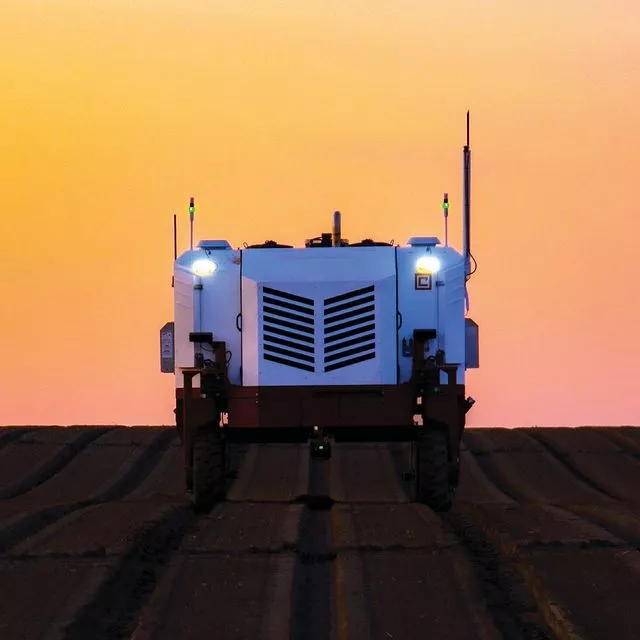Whether you're a farmer tending to expansive crops that you depend on for your livelihood or a hobbyist gardener trying to keep your tomatoes in check, weeds can be a time-consuming and relentless problem. Startup Carbon Robotics has wheeled out an autonomous machine that has these pesky plants in its cross hairs, using a combination of computer vision and high-powered lasers to comb fields and take out thousands of weeds an hour.
Advances in robotics have opened up some interesting possibilities in the realm of weed control, where traditional solutions have involved either intensive manual labor or the use of chemicals that can be expensive and carry environmental risks. By equipping automated machines with the necessary gear and know-how to seek out invasive, undesirable plants, the hope is that much of this process can be automated, leaving the crops healthy and farmers with more money and time on their hands.
We have seen how this kind of approach could be used to delicately heat water in the weed's cells to stunt their growth with low-powered lasers, use electrical "lightning strikes" to boil them from the inside out, or take them out by hitting them with projectiles made from organic grit.
For its solution, Carbon Robotics has built a 9,500-lb (4,300-kg), four-wheeled robot that uses GPS and computer vision to trundle through crops on the lookout for weeds. It relies on an onboard supercomputer and high-resolution cameras to identify unwanted plants, and then eight simultaneously operating 150-W lasers to kill them off with thermal energy by targeting their meristems, at a rate of more than 100,000 weeds an hour.

The fully autonomous machine runs on diesel and can operate around the clock, covering 15 to 20 acres (6 to 8 ha) per day, while its lasers leave the surrounding soil undisturbed to preserve its microbiology. The company bills its Autonomous Weeder as an economical solution to improving crop yields, especially for organic growers and those adopting regenerative farming practices to ensure the long-term health of their soil.
“AI and deep learning technology are creating efficiencies across a variety of industries and we’re excited to apply it to agriculture,” says Carbon Robotics CEO and Founder, Paul Mikesell. “Farmers, and others in the global food supply chain, are innovating now more than ever to keep the world fed. Our goal at Carbon Robotics is to create tools that address their most challenging problems, including weed management and elimination.”
Carbon Robotics has been developing and beta testing its weed-killing robots since 2018 with the help of farmers, and has already sold out of its 2021 models, though pre-orders are now open for the 2022 line.
You can check out the promo video below.
Source: Carbon Robotics





